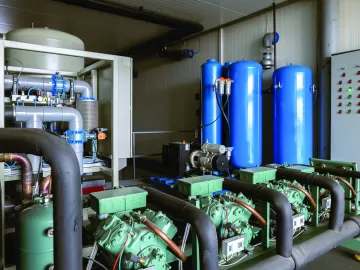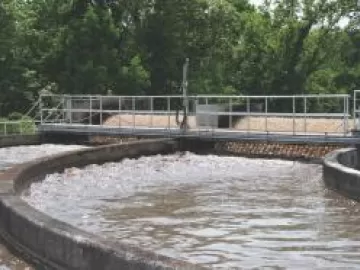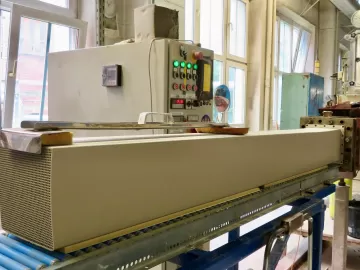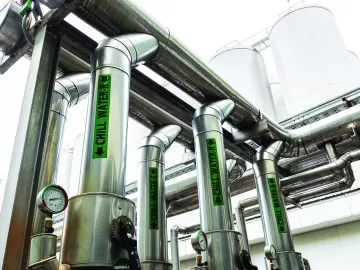Permanent Compressed Air System Metering and Monitoring
Optimal compressed air system performance, defined by efficiency, reliability and air quality, has now become the main goal when operating, installing, purchasing or designing compressed air products. Whether you are the air compressor manufacturer, distributor or end user - everyone in the compressed air industry needs to be aware and work towards these goals.












